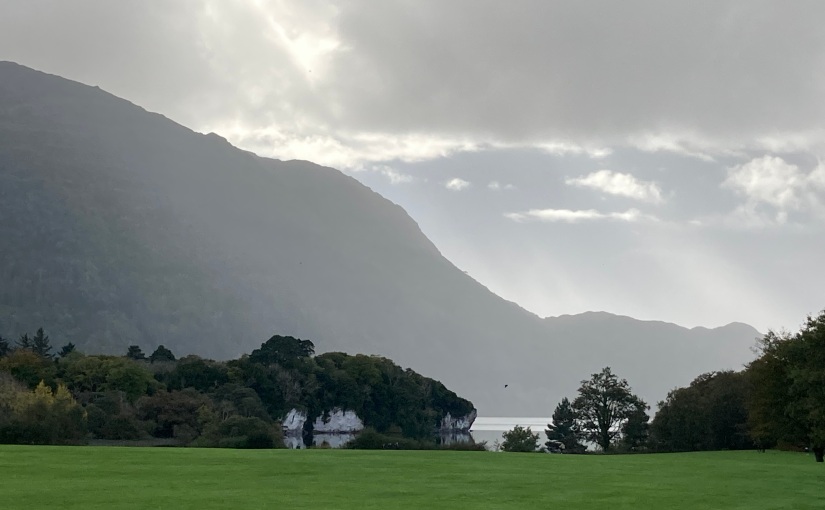My children and I were heading home after a swim, when a work van caught my eye. It had “Transcendence, Inc” written across its side, but honestly, it didn’t look very transcendent. It was parked on the footpath between the hotel and the road, just like any regular old non-transcendent work van would be. A closer look at the smaller print confirmed that “Transcendence, Inc” was the name of a company offering high-end decorating and furnishing services.
That’s a clever name for that kind of business. And perhaps it’s true, in the very lowest sense of the word, of merely “transcending” our normal expectations with something a bit beyond them. I’ve seen furniture and decorating that really has gone beyond expectations, leaving me genuinely impressed. For a while.
Continue reading Transcendence, Inc








